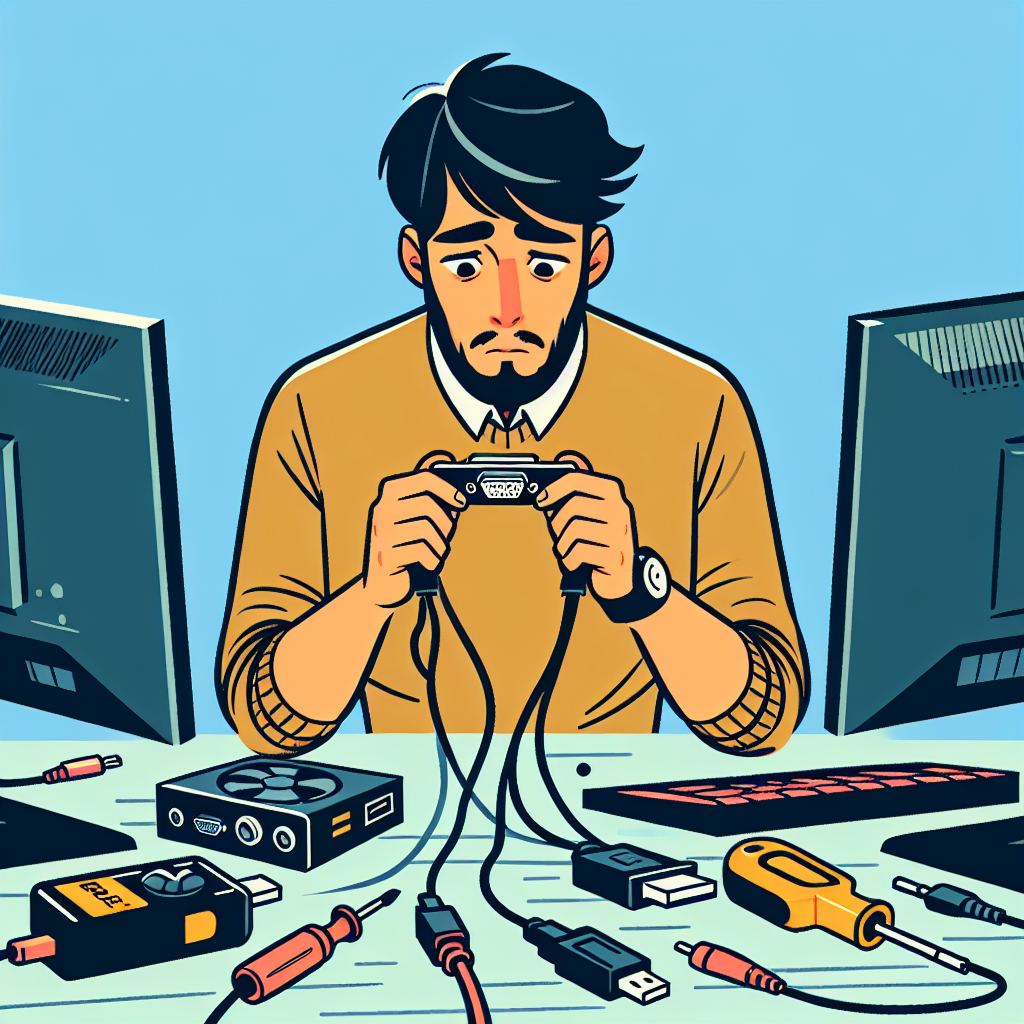Understanding USB to VGA Adapters
USB to VGA adapters are essential tools for connecting additional monitors to your computer, especially when you want to expand your workspace. However, many users experience lag issues with these adapters, which can significantly disrupt their productivity. This guide will provide you with effective solutions to mitigate lag issues with your USB to VGA adapter.
Common Causes of Lag Issues
Before diving into solutions, it’s important to understand the common causes of lag with USB to VGA adapters:
- Driver Issues: Outdated or incompatible drivers can cause performance issues.
- USB Port Limitations: Using USB 2.0 ports instead of USB 3.0 can result in slower data transfer rates.
- Resolution Settings: High-resolution settings on the second monitor can lead to increased lag.
- Hardware Limitations: Your computer’s specifications may not support additional displays efficiently.
Steps to Fix Lag Issues with USB to VGA Adapters
Here are some actionable steps to fix lag issues with your USB to VGA adapter:
1. Update Your Drivers
Ensuring that you have the latest drivers for your USB to VGA adapter is crucial. Follow these steps to update your drivers:
- Visit the manufacturer’s website for your USB to VGA adapter.
- Download the latest drivers compatible with your operating system.
- Install the drivers and restart your computer.
2. Use USB 3.0 Ports
If your computer has USB 3.0 ports, always use these instead of USB 2.0. USB 3.0 offers improved data transfer speeds, which can help reduce lag:
- Identify and connect your USB to VGA adapter to a USB 3.0 port (usually marked by a blue insert).
3. Adjust Display Settings
High resolutions can contribute to lag. Reducing the resolution of the second monitor can help improve performance:
- Right-click on the desktop and select Display Settings.
- Select the second monitor and adjust the resolution to a lower setting.
4. Check Your Computer’s Hardware
Make sure your computer meets the requirements to run multiple displays. If your hardware is outdated, consider upgrading:
- Check for sufficient RAM and CPU processing power.
- Consider upgrading your graphics card if you frequently use multiple monitors.
5. Disable Hardware Acceleration
Some applications use hardware acceleration, which can sometimes cause lag with external displays. Consider disabling it in the applications you frequently use:
- Open the application and navigate to settings.
- Look for the hardware acceleration option and disable it.
6. Optimize Power Settings
Power settings can affect performance. Ensure optimal performance settings are in place:
- Go to Control Panel > Power Options.
- Select High Performance mode.
Conclusion
Fixing lag issues with your USB to VGA adapter can significantly enhance your multi-monitor experience. By following the steps outlined above, you can ensure smooth performance and increased productivity. If problems persist, consider consulting with a tech professional or the adapter’s customer support.

